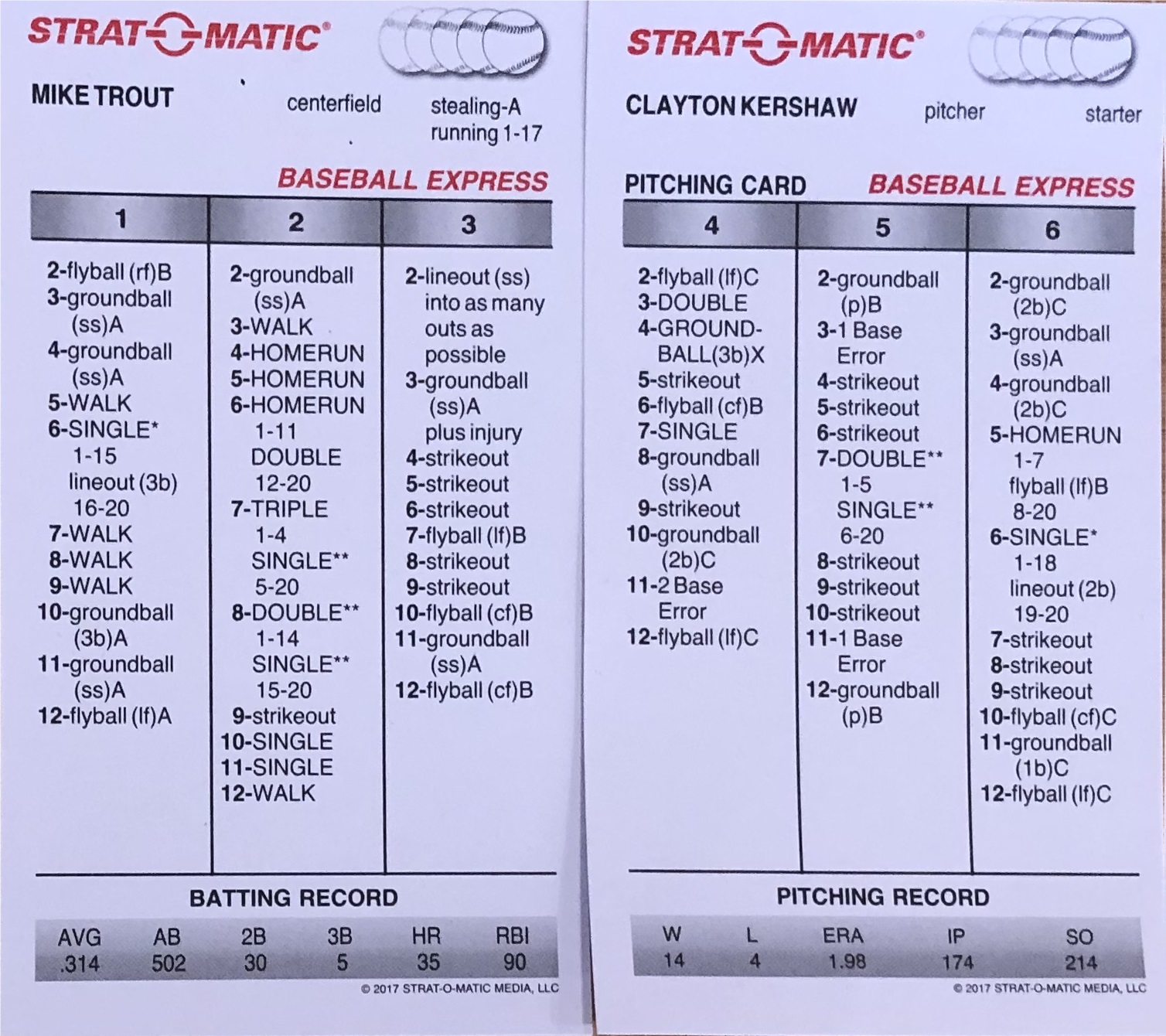FanGraphs Prep: How Many Runs Should Have Scored?
This is the ninth in a series of baseball-themed lessons we’re calling FanGraphs Prep. In light of so many parents suddenly having their school-aged kids learning from home, we hope that these units offer a thoughtfully designed, baseball-themed supplement to the schoolwork your student might already be doing. The previous units can be found here.
Overview: A short unit centered on understanding the concept of expected runs and sequencing. In one of our earlier lessons, we learned about the relationship between runs and wins. Now, we’ll take that concept a step further and learn about expected runs and how they can tell us more about a team’s true talent.
Learning Objectives:
- Use logic to determine all possible sequences of given events.
- Use algebra to solve multiple equations.
- Identify the effects of event sequencing in baseball.
- Identify and apply the Pythagorean Expectation.
- Explain the relationship between expected runs and wins.
- Explain the uses of the Pythagorean Expectation using different inputs.
Target Grade-Level: 9-10
Daily Activities:
Day 1
In baseball, sequencing is the concept that the order of events on the field have an effect on run scoring results. Sometimes this concept is referred to as cluster luck because teams that cluster hits together appear more “lucky” than teams who don’t. This concept is pretty easy to demonstrate. Say a team collects three singles and one home run in a given inning. The order of those events will lead to very different outcomes. If the team hits the three singles before the home run, it will likely result in four runs. But if the home run is hit first with the three singles following, the likely result is fewer runs, perhaps as few as one. Read the rest of this entry »

